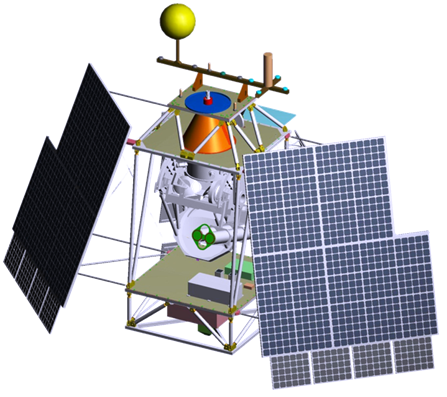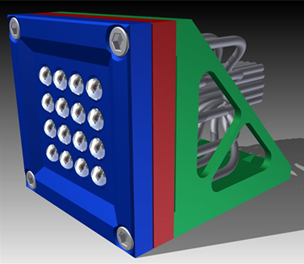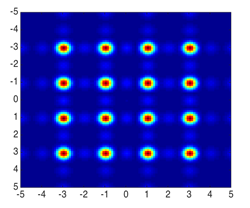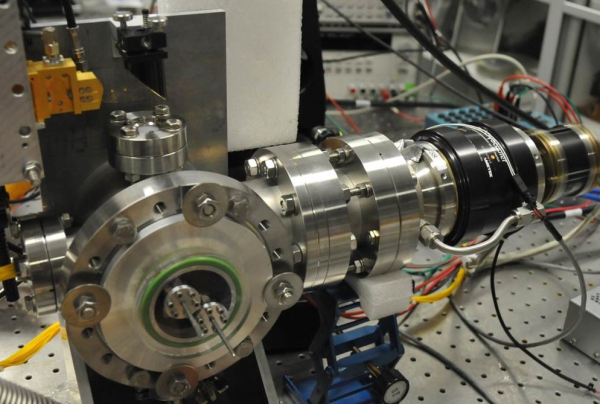GUSTO
New video for STO1,2 and GUSTO
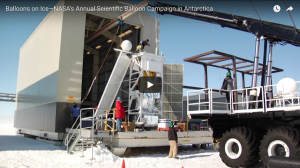
GUSTO, Gal/Xgal U/LDB Spectroscopic/Stratospheric Terahertz Observatory, is a proposed ~0.85-meter telescope with 8-pixel cryogenic heterodyne receiver arrays at 1.4, and 1.9, and 4.7 THz, respectively. It is a balloon-borne observatory to explore the far-infrared [OI], [CII] and [NII] lines in the Milky Way and a nearby companion galaxy. Terahertz heterodyne array receivers will provide the spectral and spatial resolution needed to untangle the complexities of the interstellar medium, probing all phases of its life cycle, from the formation of molecular clouds, through star birth and evolution, to the formation of gas clouds and the reinitiation of the cycle.
GUSTO has been selected by NASA as a scientific mission targeted to be launched in 2021 from McMurdo, Antarctica. The GUSTO consortium, led by Christopher Walker at the University of Arizona in Tucson, includes TU Delft, SRON, Jet Propulsion Laboratory, California Institute of Technology, Johns Hopkins University, Harvard Smithsonian Institution, and Massachusetts Institute of Technology.
Key technology
TU Delft will provide the key detector technology for the 1.4, 1.9 , and 4.7 THz cameras, which are based on NbN hot electron bolometer (HEB) mixers, making use of nanotechnology and superconductivity. TU Delft and SRON will team with the MIT to provide quantum cascade laser (QCL) local oscillator technology. The multiple beam local oscillator will be realized in terms of a Fourier phase grating. SRON-TU Delft is a world leader in the Supra-THz technology and has demonstrated unprecedented sensitivity of a 4.7 THz receiver based on a HEB mixer and a QCL local oscillator.

